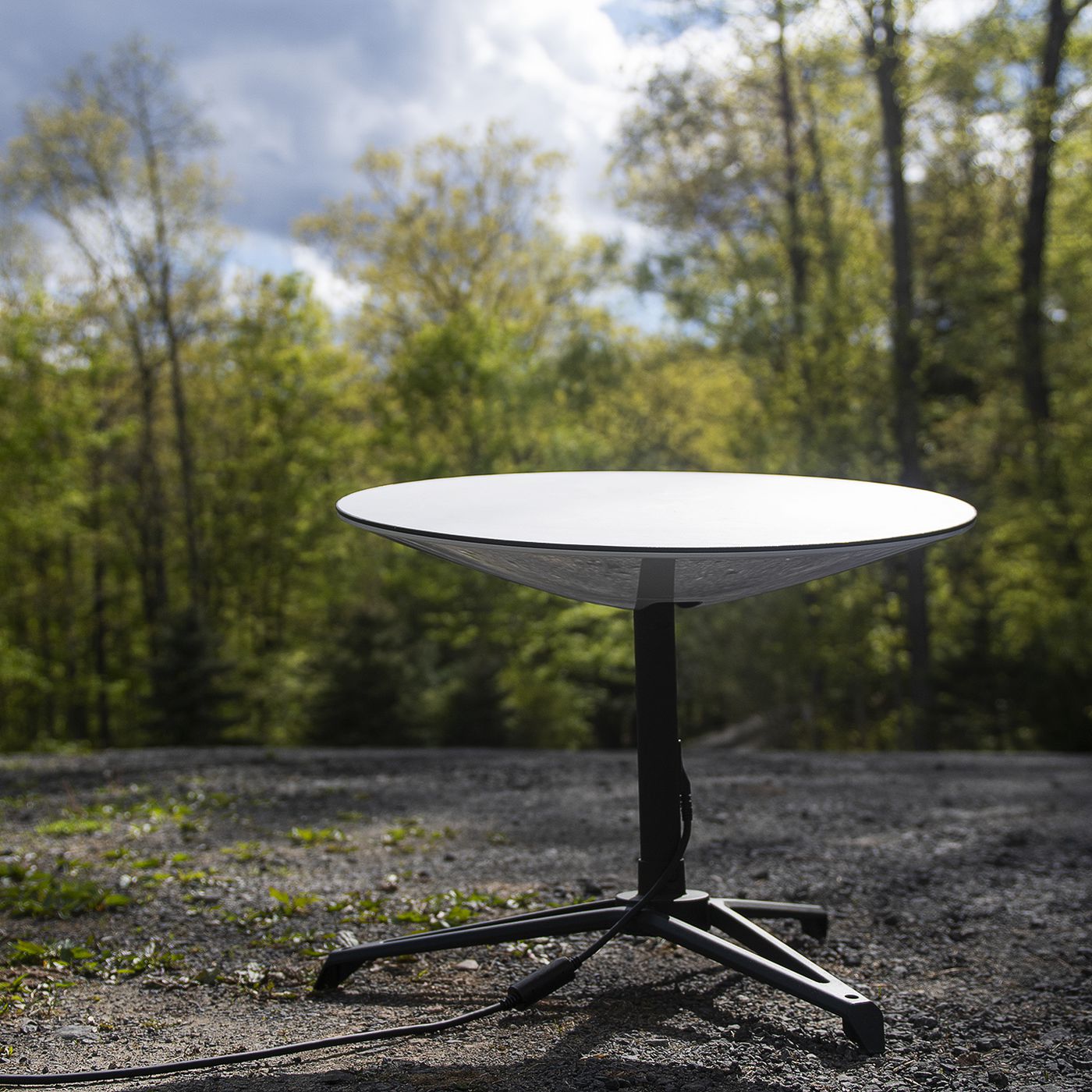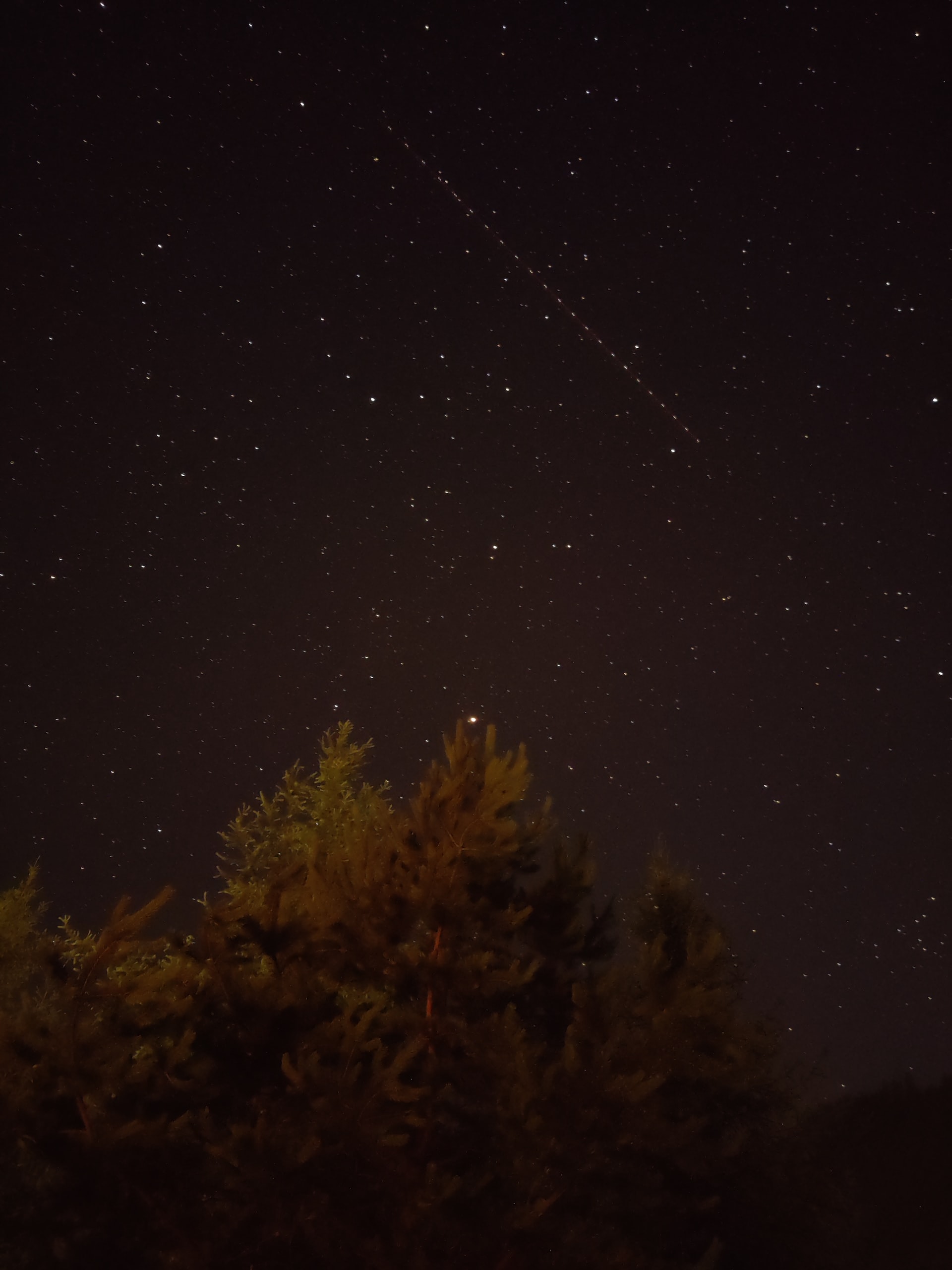The Federal Communications Commission (FCC) has rejected Starlink’s application for USD 885 million in federal subsidies, which it was supposed to use to provide satellite Internet to broadband customers in rural areas. The FCC’s refusal is justified by the fact that the satellite dish owned by SpaceX is too expensive for ordinary citizens, and that Starlink” has not demonstrated that it is capable of providing the promised service”.

In the USA, a special Fund of digital opportunities for rural areas in the amount of USD 9.2 billion has been created. It calls on telecommunications companies to expand Internet services on the periphery, where there are problems with insufficient service. In 2020, Starlink won an initial grant of USD 885 million as part of the first phase of the program’s deployment. But in the end, the company was denied funds.
“Starlink technology is promising. But we are faced with the question, is it worth publicly subsidizing the technology for consumer broadband, which is still developing? Moreover, the connection requires the purchase of a special satellite dish worth USD 600, which is almost USD 900 million pledged in the universal services fund until 2032,” explains FCC head Jessica Rosenworcel.

Earlier this year, Starlink suddenly raised the price of its starter pack and internet services. To connect to the satellite internet, Starlink users now have to pay USD 599 for a satellite dish called Dishy McFlatface, as well as spend USD 110 monthly for internet services. Previously, the connection offer cost USD 499 for a starter kit and USD 99 per month.
Earlier we reported how Ukraine received 15,000 Starlink terminals from Elon Musk.
According to FCC
Follow us on Twitter to get the most interesting space news in time
https://twitter.com/ust_magazine
